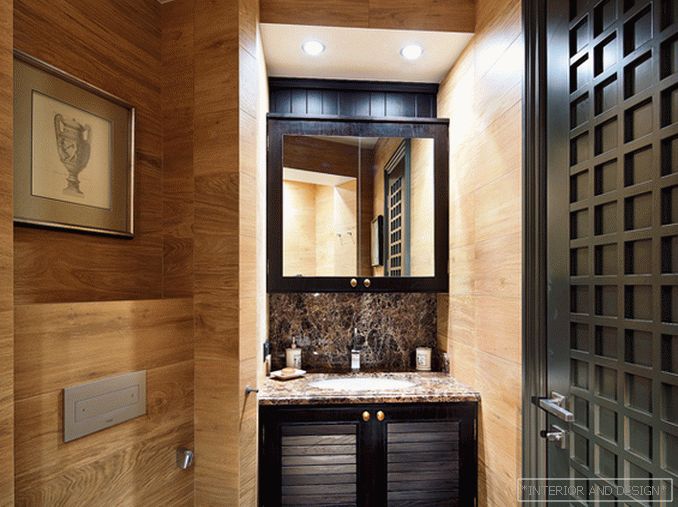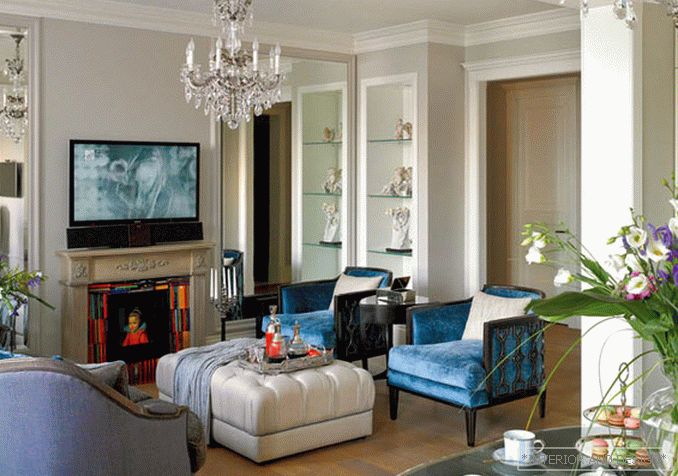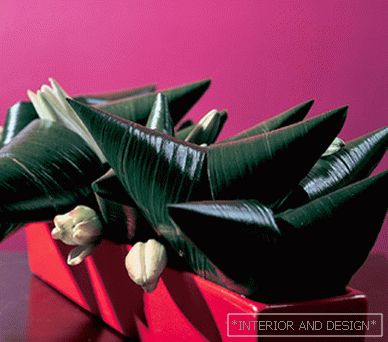Hubert Le Gall honors the traditions of decor and knows how to be fashionable. Many French stamps are melted in his style. Someone Le Gall recalls about the pre-war Paris with the midnight celebrations of the surrealists, someone - an easy nonsense of the film "Amelie".
Maitre lives and works in a studio in Montmartre, which once belonged to the famous painter Pierre Bonnard. There are many fantasy objects in the house, for example, above the fireplace, like a giant rod, a metal neck and a giraffe's head are pulled out. Everywhere forged stems, leaves and inflorescences. The workshop itself, thanks to the glass roof, chairs in the form of flower pots and an abundance of plants, resembles a greenhouse ...
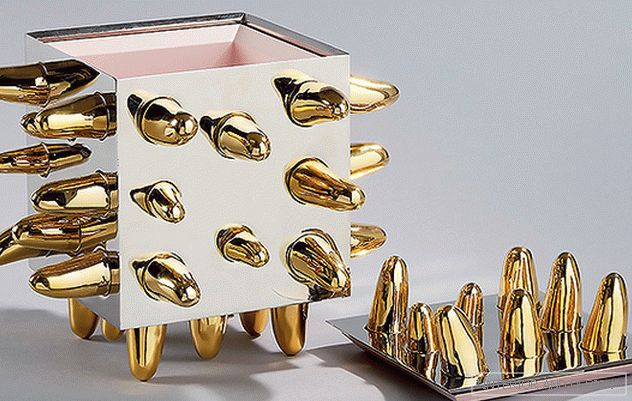 Box. Nickel and gold plated bronze.
Box. Nickel and gold plated bronze. Born in 1961 in Lyon. His works are in the collections of the Montreal Museum of Art and the Museum of Decorative and Applied Art in Lille. He was promoted by gallery owner Elizabeth Delakart. Since 1996, Avant-Scène gallery has been selling his items. In 2001–2002 was presented in the Milan gallery Magenta, from 2002 - in the gallery Artcurial. His properties also sell 88 Gallery, Maison Gerard and The Twenty First Gallery.
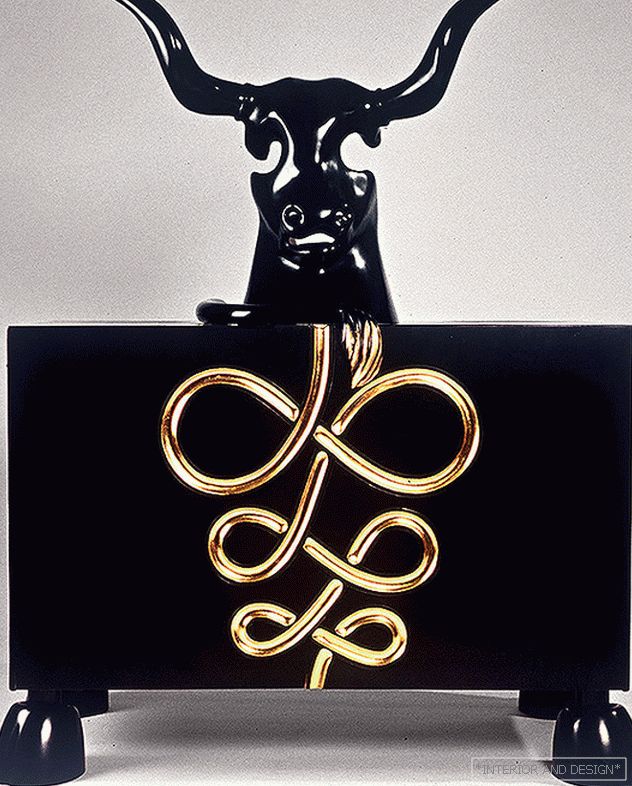 Wardrobe Bull. Bronze, black patina, gilding.
Wardrobe Bull. Bronze, black patina, gilding. Hubert Le Gall began his career as an insurer and accountant, but quickly got bored and began to paint portraits to order in oil and tempera. Truly famous as a screenwriter of major museums. He was invited to the Luxembourg Palace, the Museum of Decorative and Applied Art. Le Gall designed a grand retrospective of the work of Claude Monet in the Grand Palais, in 2007 - “Design vs. Design” and “Crime and Punishment”, and in 2015 - “Pierre Bonnard” in the Orsay Museum. Hubert Le Gall is known in museum circles as an experienced and resourceful designer of blockbuster exhibitions. His record includes the design of monographic exhibitions by Giotto and Caravaggio at the Jacquemart-Andre Museum, as well as initiated and embodied by the House of Hermés Dans l’Oeil du Flâneur, which was successfully shown in London and Paris. It was precisely because of his fame in museum circles that he received interesting orders for the reconstruction of historic interiors: the chambers of Francis I in the Château de Chambord, and Claude Monet’s house in Giverny. Almost simultaneously, Le Gall took up the subject design.
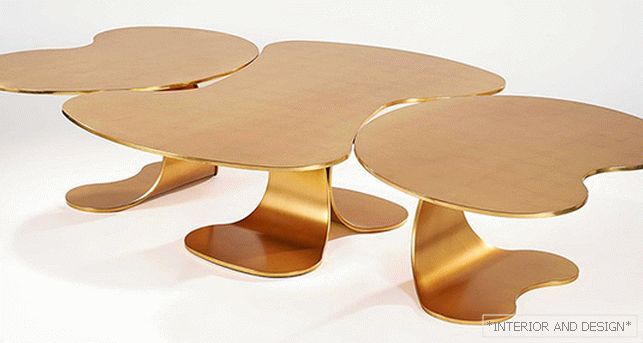 Coffee table Cyclades. Sheet gold, lacquer. 2009
Coffee table Cyclades. Sheet gold, lacquer. 2009 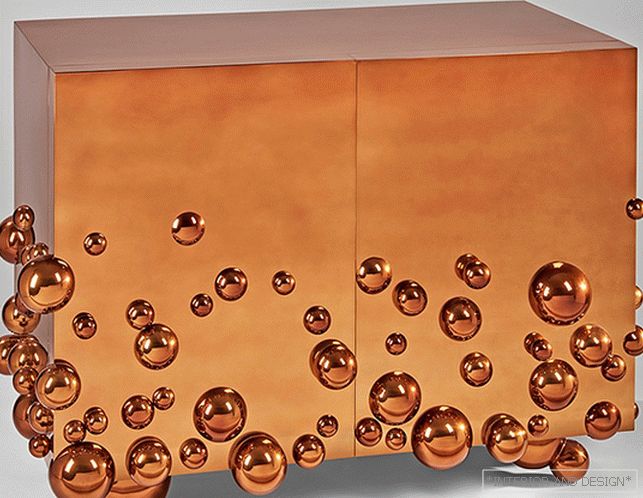 Console Swipp 02, macassar, ebony. 2013
Console Swipp 02, macassar, ebony. 2013 “Diversity helps me in my work. I like to move from set design to interior, from interior to objects. ” His tables, armchairs and especially mirrors are included in the thoughtful decor of trendy restaurants, private mansions and even adorn the dining room of the former mayor of Paris, Mr. Bertrand Delanoë.
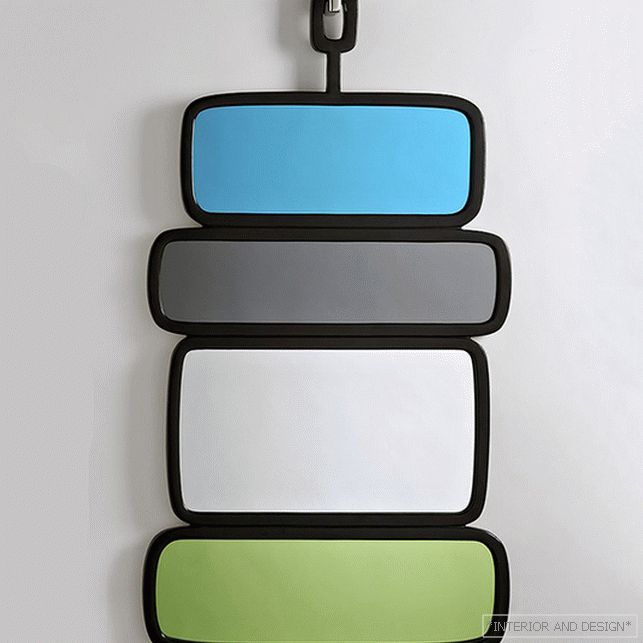 Country mirror. Copper, patina, colored glass.
Country mirror. Copper, patina, colored glass. “Blue turns us to the sky, gray to the clouds, white reminds of the air, green about meadows and glades,” Hubert describes his Country mirror. - I began to invent furniture when I went to my friends to arrange my sculptures, and I was bombarded with questions about where to buy a buffet and fireplaces. It will seem strange, but furniture, unlike painting and sculpture, set me free as an artist. ” Fleur of fun and looseness hovers over the works of Le Gall. However, he manages to be refined and provoke reflection. In addition, Le Gall distinguishes skill execution.
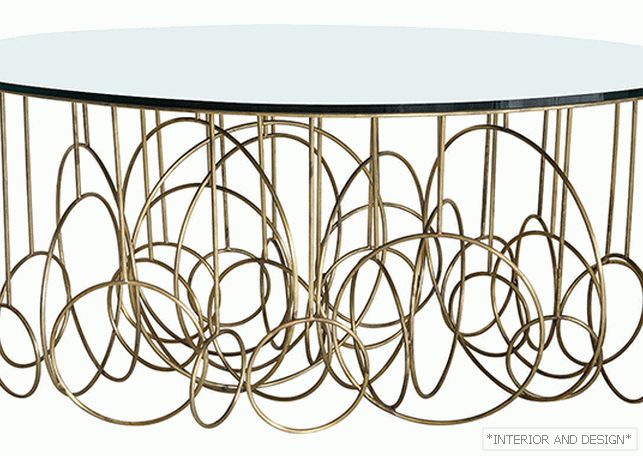 Sonate console. Slate, steel, gilding.
Sonate console. Slate, steel, gilding. 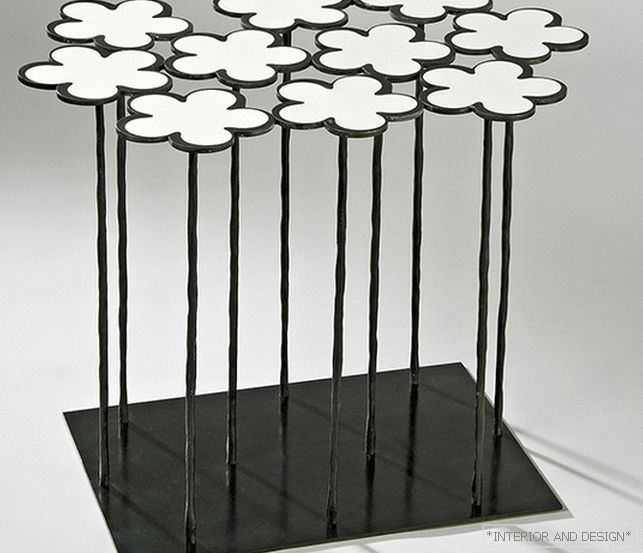 Little table Marguerite Sinbad from 10 flowers.
Little table Marguerite Sinbad from 10 flowers. He works in bronze, plaster, plastic, wood, glass and ceramics. The master is inspired by the swollen clock of Salvador Dali, Cocteau’s drawings, the elongated forged forms of Alberto Giacometti. However, numerous quotes do not crush the viewer monotonous historicity. All of them are material for artistic transformations. “To this day, many people are addicted to everyday life and unnecessarily sacralize objects, taking away their function. I act on the contrary, I make art objects functional - in order to bring them closer to people. ”
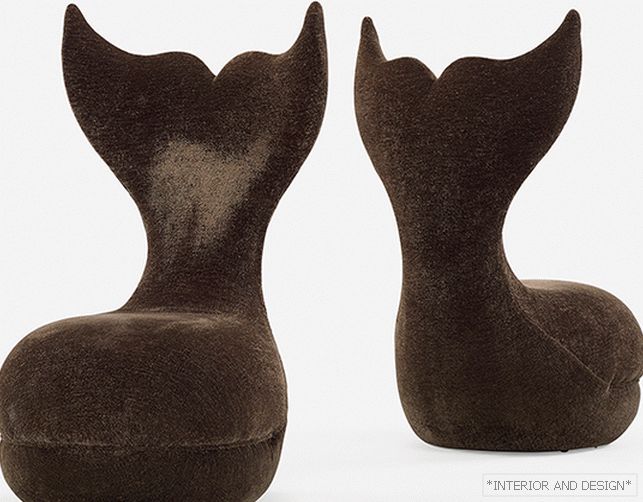 A pair of seats Baleine, 2004.
A pair of seats Baleine, 2004. In 2014, the house of Ruinart, strengthening the brand's connection with the fine arts, proposed the cooperation of Le Gall. As a result, the designer realized his long-time dream - to work in the glass workshops of the island of Murano. At the heart of the aesthetics of little things (The Glass Calendar, 12 glass sculptures, each dedicated to one month of the year) of glass was the observation of light, color and transparency. “For the first time in my life I worked with glass, I received so much pleasure that it simply could not end with the completion of the project. I immediately had a lot of new ideas. ”
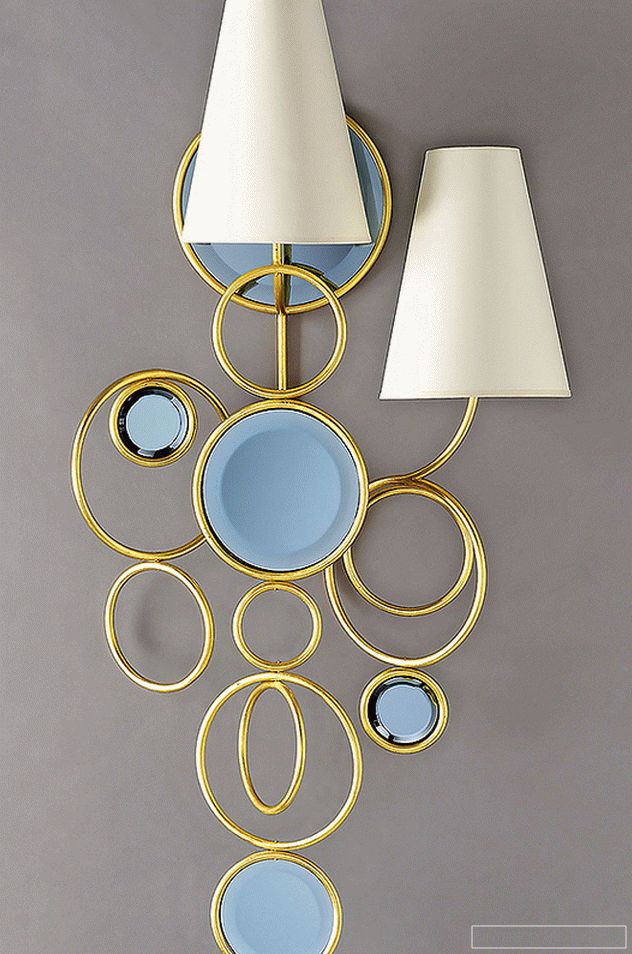 Lamp Lisbonne. Metal, mirror, gilding.
Lamp Lisbonne. Metal, mirror, gilding. 
